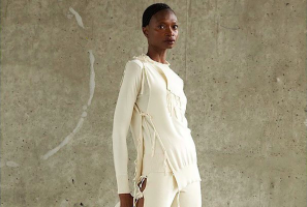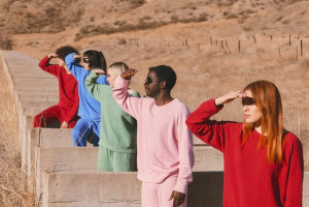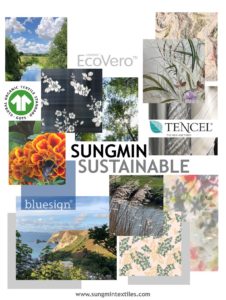Innovation and Adaptation: Textile Strategies in 2021
Needless to say, 2020 brought unprecedented change to the fashion industry, and textiles were no exception. It seems now that the only way to move forward is to start rethinking the traditional ways in which textiles are designed, manufactured, sourced and even used. Below, I discuss five big ideas that will be key to adapting to a post-2020 world within the textile industry.
1. The End of More
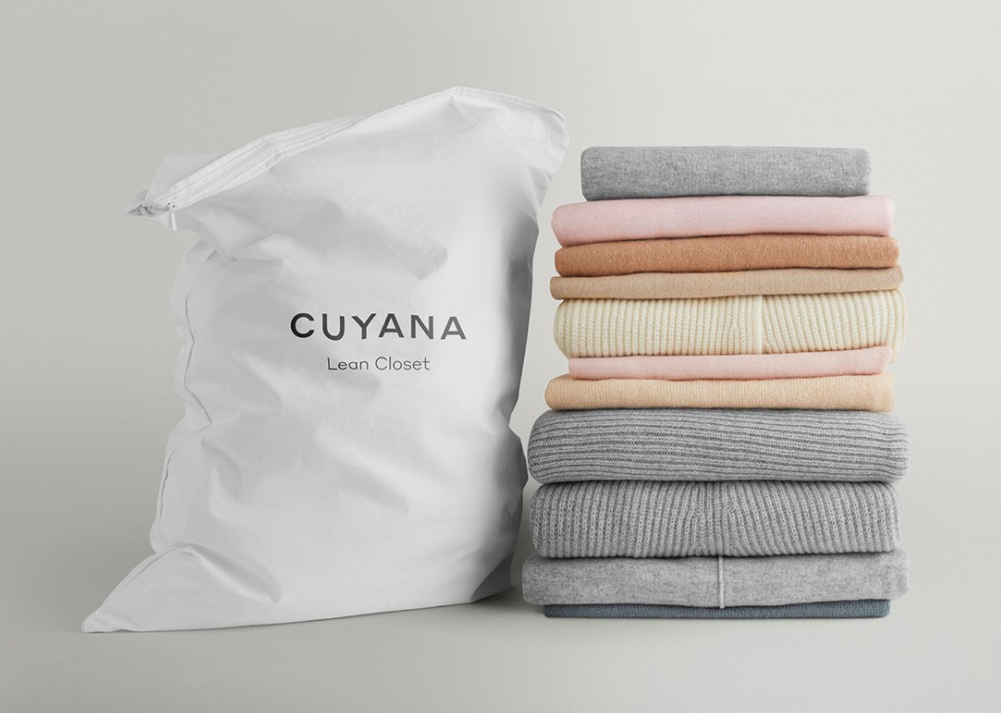
Although fast-fashion still shows no signs of abating any time soon, consumers are slowly getting ready for more conscious purchasing. Items with built-in value, quality and longevity are gaining momentum with shoppers, especially from slow-fashion brands that are built on a foundation of transparency, ethics and sustainability. And it’s not just end-use garments that will help break the addiction to fast fashion. Raw fiber use is growing as companies turn textile waste back into quality reusable fibers for new products, avoiding the use of virgin resources. The Global Fashion Agenda’s 2020 Commitment is to increase circularity through the collection and resale of apparel and post-consumer textile fibers, a mission backed by 94 large global fashion players. In collaborating with innovators such as Re:newcell, Evrnu, Worn Again and Relooping Fashion which process natural and synthetic fibers mechanically and chemically for reuse, this program has the potential to sale to a global level. It is more important now than ever before to start thinking creatively about how to waste yardage in resourceful ways, creating better with less.
Image Source: Cuyana
2. Biofacture the Future
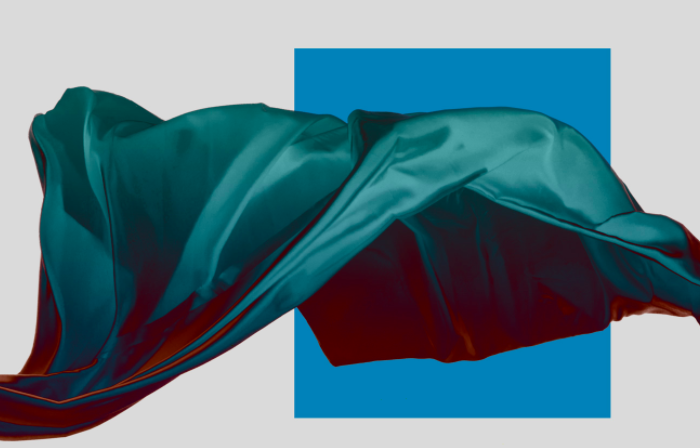
Nature resources are scarcer than every before in human history, and this puts massive pressure on the industry to change the wasteful traditional methods of production. Innovation will be the way out, as biological plant, marine and food-based material alternatives continue to evolve. The increased consumer demand for vegan and cruelty-free textiles has fast-tracked concepts scientists have been working on for years, creating the potential for bio-material production to become scalable and a more realistic viable alternative.
Image Source: Studio Brasch
3. The Rise of E-Commerce
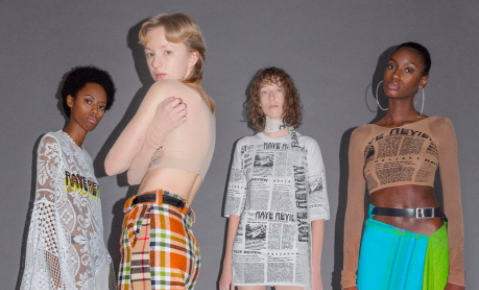
Consumers have been taking advantage of the convenience of online shopping for years, but only recently has this affected the textile industry. Companies now have the ability to buy over-purchased fabric deadstock online, which would have otherwise ended up in a landfill. There are even companies popping up whose entire purpose is to connect brands with ethical manufacturers or source pre-consumer textile deadstock, as opposed to sourcing virgin materials. This provides smaller brands with enormous opportunity for access to designer fabrics they wouldn’t normally be able to afford.
Image Source: @ravereview
4. Design for Digital
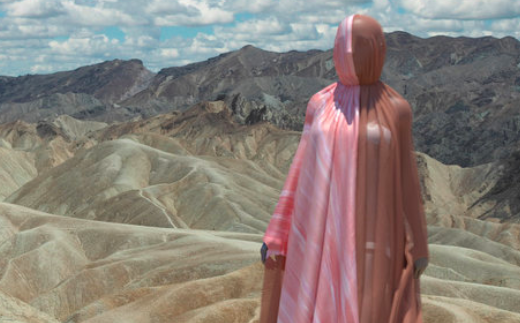
As our world becomes increasingly digital and e-commerce becomes the primary way for consumers to shop, textiles need to adapt. Textile designers will need to consider the screen-friendliness of colors and textures to drive sales, and brands might need to consider adopting 3-D rendering technologies to better portray their products online. For designers, digitalization of design processes opens the door to limitless creative possibilities. This will have positive affects in sustainability as well, as virtual design offsets over-production and over-consumption.
Image Source: Amber Jae Slooten
5. The Home Hub
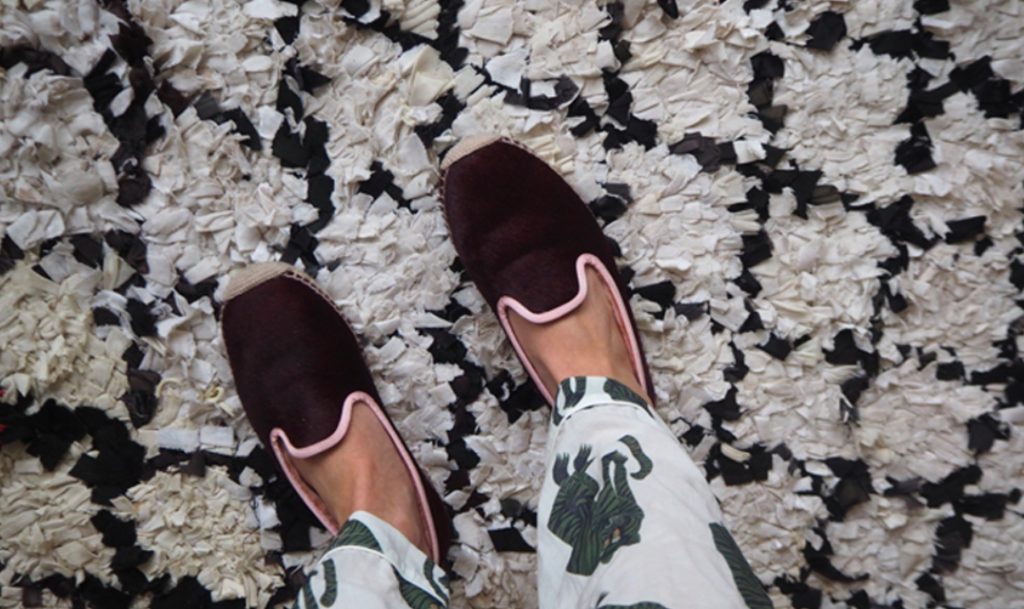
COVID-19 brought the shift from the office commute to the dining room table commute as employees in every industry were sent home indefinitely. Fashion trends started to lean casual and comfortable, and we’ve started to see a convergence of the fashion and home sectors. The result of this convergence is roomy, relaxed silhouettes in premium knits and wovens that can easily adapt to indoor and outdoor wear. As our work environments, and therefore also our life environments, become ever-changing thanks to remote work, our clothing needs to become more versatile, adaptable to the constant flux in ‘normal life’.
Image Source: Desmond & Dempsey
Source: WGSN Big Ideas 2021: Textiles Report

